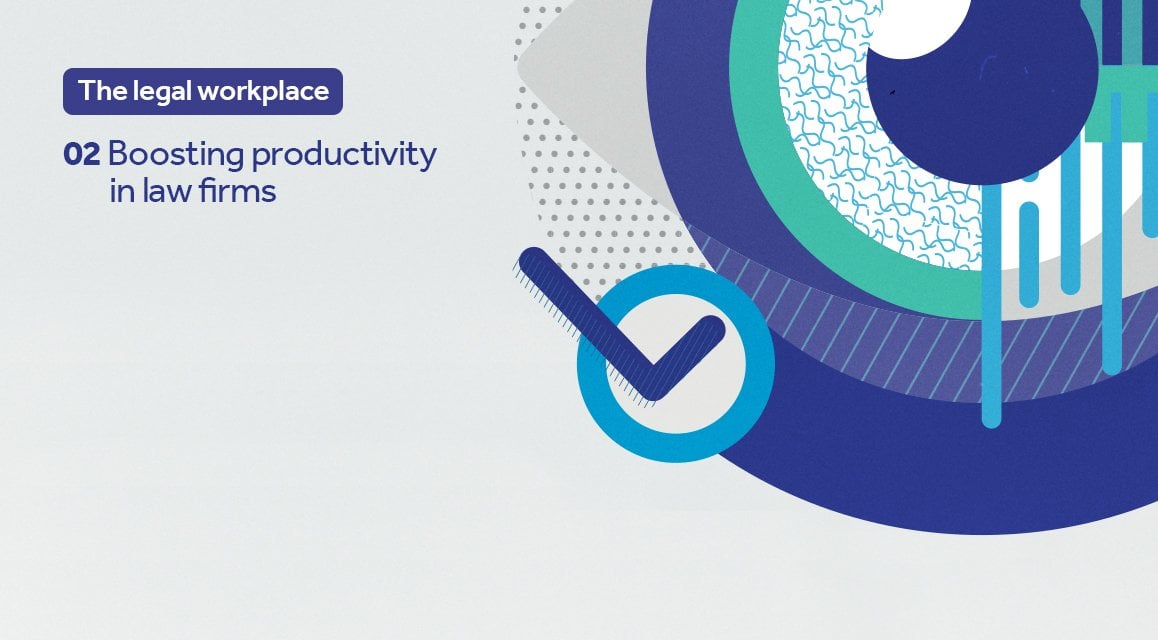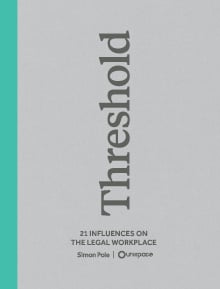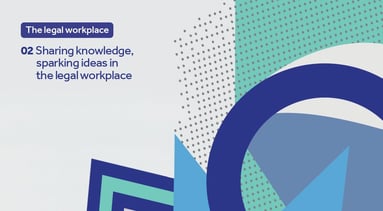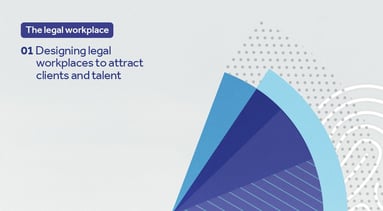
‘Productivity’ is touted as the holy grail of business. But what does it mean for a law firm? The art of being productive implies producing more of something. But for most lawyers, the number of projects is far less of an issue than their value and outcomes. So what can improve productivity for law firms?
Lawyers may find it more useful to talk about performance: getting more of the right kind of work done in the apportioned time. And given that lawyers work long hours, let’s not underestimate the importance of getting everything done by a sensible hour.
Strong performance depends on many factors. Foremost must be the virtuous circle of clients, work and talent – which, in a nutshell, comes down to reputation. The better the calibre of clients and work a firm attracts, the better the talent it can recruit, which in turn boosts the calibre of clients and work the firm attracts. So how do we draw in the clients and the talent?
Confidence is everything
Market confidence is at the heart of it. Clarity of brand is important, including clear communication of market position, legal specialisms and business values. But your brand must also be interpreted through your workplace design: your interior can’t jar with everything else people have come to believe about your firm. Since client meetings tend to be held at the firm, hospitality matters. However, it’s about more than stylish meeting rooms and good coffee.
The right environment enables higher performance
Humans work better when they’re comfortable. That comfort might be physical, mental, or emotional. As just one example, the right levels of physical comfort require things like good lighting, high-quality air and ergonomically designed furnishings. Natural materials and greenery can help, and people need minimal disruption, especially from noise. Meanwhile, diverse personalities need diverse spaces to support diverse workstyles and tasks. All of this needs careful planning in your office design.
"Biophilic design focuses on those aspects of the natural world that have contributed to human health and productivity in the age-old struggle to be fit and survive" – Stephen R. Kellert, Metropolis Magazine
Yet isn’t comfort the very least that employees should expect? Nowadays, employers are looking to provide ‘a destination workplace’ for their employees (a space people are able to maintain a good work/life balance, and want to work) to strengthen their recruitment and retention strategies. These add value, decrease stress, and avoid people having to leave the building when they’d rather not. For time-poor lawyers, that might mean good food on-site, end-of-trip facilities, childcare, concierge services, and more.
The right office design means people perform better. They can focus, they waste less time, they’re less stressed, and they needn’t leave the office unnecessarily. It also creates opportunities for collaboration, and more headspace for creativity.
Technology enhances value
Technology may not replace you, but it can free you up to do more rewarding work. A wide range of technologies, including AI, can open up all sorts of new possibilities. For example, they can release you from repetitive work and research, or help predict the outcomes of cases. The time you save could be invested in deepening client relationships, adding value, and creating new business opportunities.
 More like this – but much deeper?
More like this – but much deeper?
The 200 page book details all you need to know about current and future trends for your legal workplace and includes topics such as: AI, generations in the workplace, talent acquisition, work styles, client experience, and more.
.jpg?width=383&height=348&name=Sharing-Knowledge-Article-03N%20(1).jpg)

